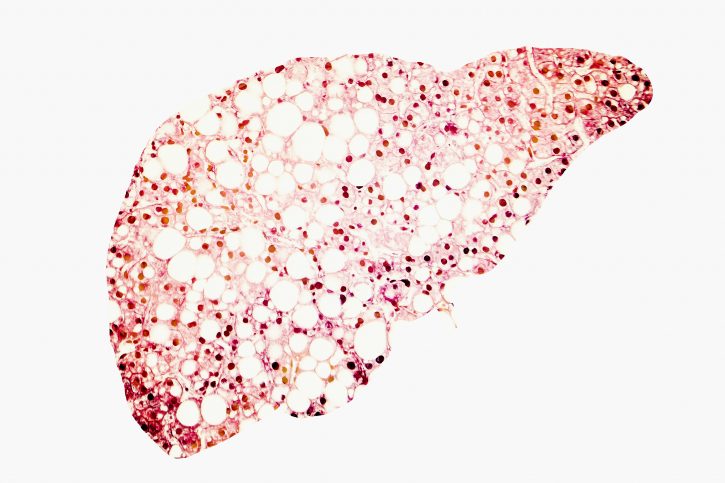Abstract
OBJECTIVE:
Dietary lipid intake is associated with serum alpha-tocopherol levels; however, its impact on human milk is unknown. The objective of this study was to evaluate the relationship between maternal intake of vitamin E, lipids, and fatty acids and the concentration of alpha-tocopherol in human milk.
METHODS:
We conducted a longitudinal observational study, including 143 lactating women on 7, 30, and 90 days postpartum. Dietary intake was collected using 24-hour recall. On day 90, a human milk sample was collected and analyzed for alpha-tocopherol concentration. The prevalence of inadequate vitamin E intake was determined by the Estimated Average Requirement (16 mg/day), and the alpha-tocopherol concentration was analyzed by high-performance liquid chromatography.
RESULTS:
Dietary intake of vitamin E was associated with the intake of lipids (r = 0.237, P = 0.004) and fatty acids (P < 0.05), and 100% of the participants had inadequate vitamin intake. Mean alpha-tocopherol concentration in the human milk samples was 7.11 (SD 3.95) μmol/L and was correlated with lipid (r = 0.201, P = 0.042) and polyunsaturated fatty acid intake (r = 0.235, P = 0.017). Higher vitamin E levels were found in participants with the highest quartile of polyunsaturated fatty acid intake.
CONCLUSIONS:
Alpha-tocopherol concentration was associated with the dietary intake of lipids and fatty acids, demonstrating that its bioavailability is associated with fats in the mammary gland. These results suggest development of appropriate strategies to increase the levels of vitamin E in breast milk that may help to prevent and treat vitamin E deficiency.

